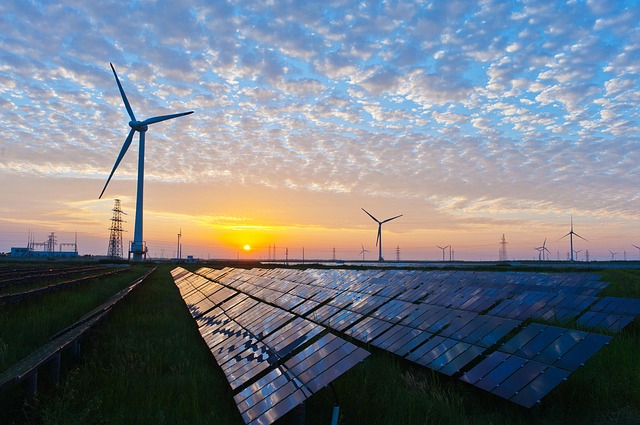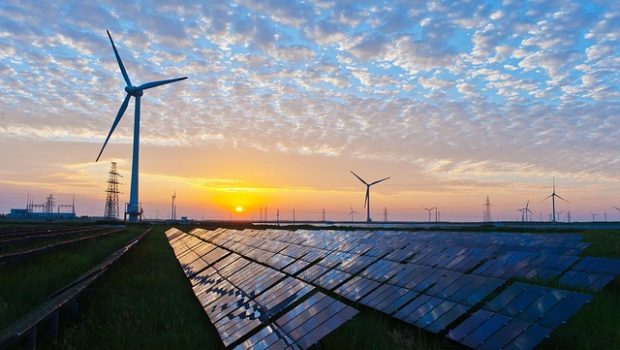EIA: Levelized cost of onshore wind, solar PV dropping below gas-fired and conventional generation by 2026 –
EIA: Levelized cost of onshore wind, solar PV dropping below gas-fired and conventional generation by 2026 –

Within a decade, if not a few years, the levelized cost of electricity is coming way down for new utility-scale onshore wind and solar photovoltaic (PV) projects to levels below all fossil or conventional fuels including combined cycle gas turbine (CCGT) power plants, according to new figures from the U.S. Energy Information Administration.
The EIA’s newly added table compares revenues to costs for all utility-scale form of power generation in the coming years. Using a forecast from 2023 to 2050, the projection shows the levelized cost of electricity (LCOE) for CCGT facilities rising from about $35 to more than $40, while solar PV falls from $30 to about $25.
The LCOE for solar PV takes a short-term hit as the solar investment tax credit declines from 30 percent to 10 percent of initial capital cost by 2024. However, the overall trend is less expensive as solar PV capital costs continue to fall, according to the EIA.
All things considered, the estimated capacity-weighted LCOE for new generation resources entering service in 2026 shows onshore wind and standalone solar farms dropping to about $31 and $29 per MWh, respectively. Combined cycle power plants will cost about $34.51 per MWh coming online in 2026, according to the federal forecast.
Combustion turbines will prove much more costly at $199 per MWh, but they are useful in quick-start situations needed to complement and back up areas with high, but intermittent renewables penetration. Offshore wind also is projected to cost about $115 per MWh, and battery storage is pegged to cost about $121 per MWh.
The capacity factor of plants, however, distinctly favors CCGT at 87 percent, while onshore and offshore wind and solar PV are 45 to 30 percent, tops. Capacity factor is the ratio of actual energy produced by over time compared to the energy which could be possible at the continuous maximum rating. Since wind and solar plants can’t run continuously since they are weather dependent, their capacity factor is always lower compared to conventional generation.
Last year, the U.S. generation mix was allocated as such: natural gas, 40 percent, renewables (hydro, wind and solar), 21 percent; nuclear, 19 percent, coal, 19 percent.
By 2050, the EIA’s energy outlook predicted, renewables will account for 42 percent of the generation mix (nearly all of that in wind and solar growth. Gas-fired power will still account for about 36 percent while nuclear and coal will fall to 11 percent each.









